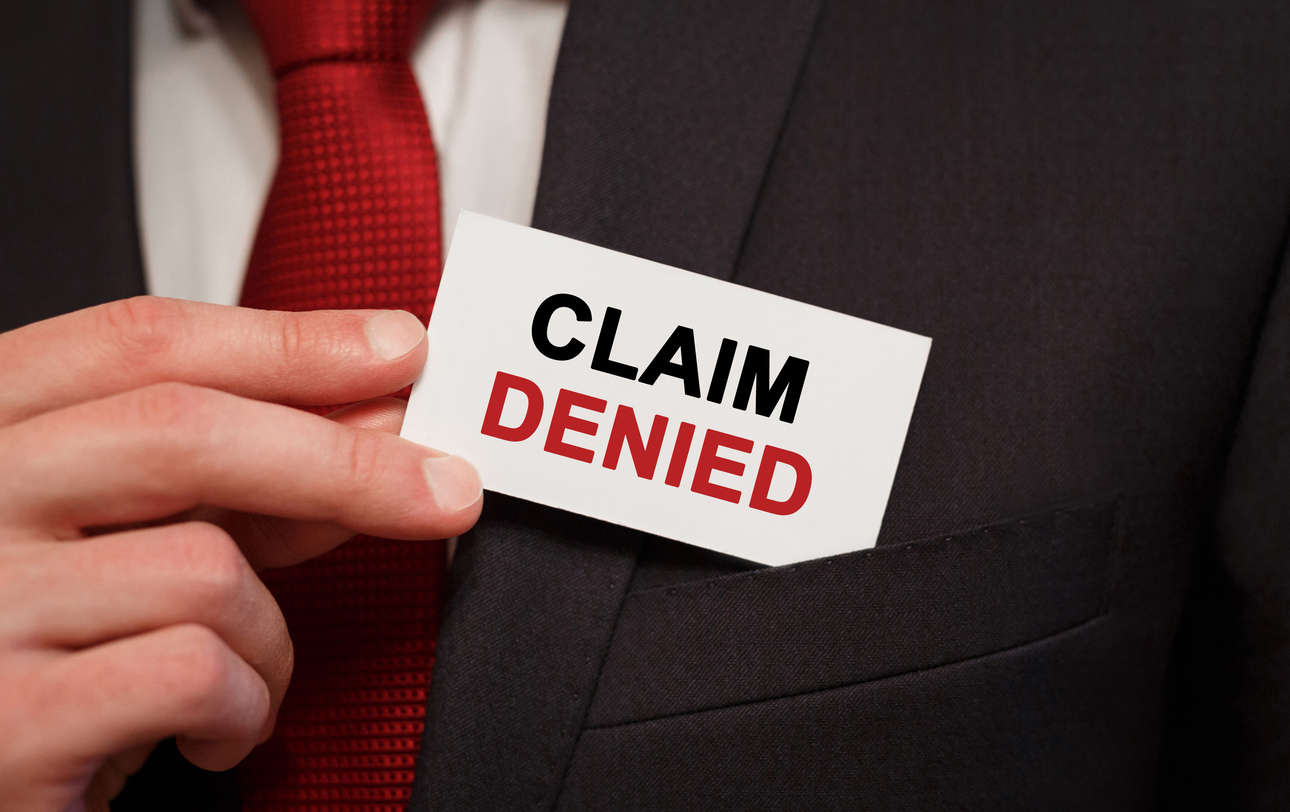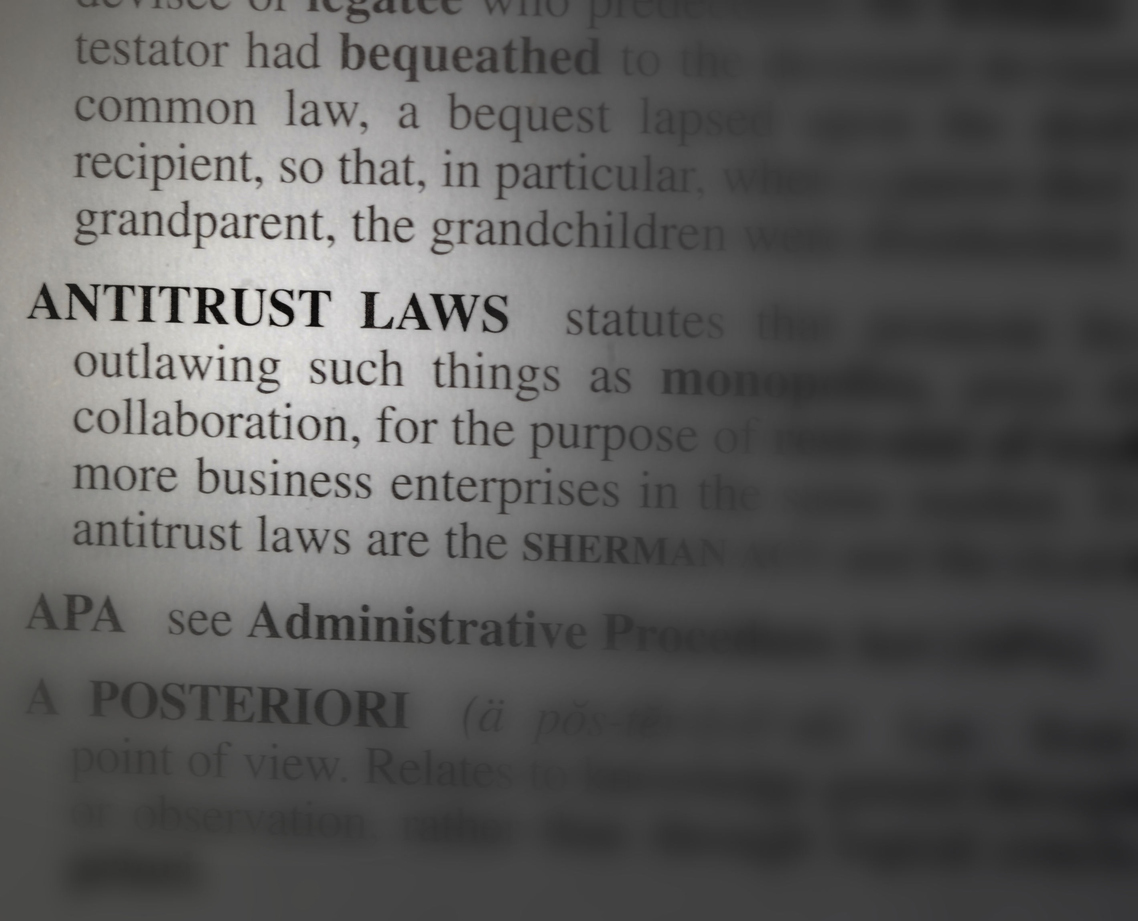Contents claims adjusting is a hard and tedious job. Few insurance companies conduct a prompt investigation and evaluation of contents losses even though they may be evaluating the real property damage. It is probably the most ripe and overlooked arena for unfair claims practice conduct by insurance companies on typical claims.
Why? The answer lies in the procedures demanded by claims managers and the incentives not to adjust in "good faith." As I explained in Adjustment of Claims is 100 Percent Policyholder Service–Is The Insurance Industry Providing This Service?, insurance companies that promptly investigate claims, explain policy benefits, and make certain their customers are getting promptly paid everything due are acting in "good faith." This adjustment conduct is required in "good faith" claims conduct. Insurers that adjust claims in good faith will promptly paying more than competitors that cheat their insureds by delaying adjustment, failing to investigate, failing to explain coverages, studied blundering, and quietly failing to pay full benefits. These cheating and unethical insurance companies save money on claims expenses and indemnity dollars. It is a huge competitive incentive that most insurance company claims departments act upon as a cultural norm because there few personal and group incentives which reward individual and group acts of "good faith."
Who has ever heard of an insurer giving awards to adjusters and claims departments for fully paying policyholders? Instead, incentive programs at most claims departments reward lowering or achieving claims severity, claims accuracy, lowering leakage, etc. Nobody gets claims department "gold stars" for explaining benefits to a policyholder that will require the insurer to pay tens of thousands of dollars legitimately owed. In most companies, such conduct will get you chastised and fired. Can you imagine claim department managers talking over beers and crowing about how somebody in their claim unit helped a policyholder make a claim for an extra million dollars that was almost missed? When I ask my claims adjuster buddies whether that happens, they look dumbfounded and wonder what rock I crawled out from under. The fault lies with executives at insurance companies for creating a claims culture obsessed with not paying too much rather than taking care of the customer to the fullest extent promised.
Insurance company adjusters usually handle contents claims by handing the policyholder numerous blank forms and asking the policyholder to investigate and evaluate the loss by listing details about every article damaged or lost. With such acts, the insurance adjuster turns the policy from one with promised service by the insurer to a self service policy. Most policyholders, not knowing the insurer should be assisting, take the forms and then, when they can, start the tedious task of remembering what was destroyed or lost, figuring out if it can be repaired, the original cost, the age, the condition (if asked), and come up with values from a search on the internet. To the joy of many cheating insurance companies, many policyholders give up and fail to make a full claim. Think of how many gift cards you have received as a present and how many you failed to use because you forgot about them. Get the picture of how profitable it is for an insurer to not act in good faith when adjusting contents claims?
This is written because I came across a post, Contents Coverage: The Flaw of Averages, which lead me to the Enservio website and blog. Enservio claims the following:
Enservio was founded in 2004 with a mission to become the undisputed leader in contents claims services and software for the property insurance industry. Headquartered near Boston, we have offices and professional staff located across the United States allowing us to offer our customers nationwide coverage. Today, Enservio is by far the market leader in property insurance software and services for contents inventory creation, valuation, payments and replacement.
We are the industry’s top specialists across the entire value chain of contents claim processing, from onsite inventory capture and forensic reconstruction of non-restorable contents to transcription, desk appraisal, payment, replacement, reporting, and contents valuation services and software.
Our success is driven by our commitment to help our customer constituents with all of the contents-related challenges they face. We understand the challenges of property and casualty carriers in the current environment to compress costs and increase efficiencies.
In a post, On the Scene with an SOS Property Specialist, they describe a total loss contents adjustment in part:
The claim site was a residential house that had been deemed a total loss from a recent office fire – fortunately, no one was hurt and the family dog and two cats continued to roam the property. I arrived on Sean’s second day on site – he’d already spent the first day working with a Public Adjuster (PA) there to verify a couple of rooms that had been burned from site.
Today was Day Two. Sean had cautioned me in advance to wear old clothes and steel-toed boots — he equipped me with a mask and headlamp as the electricity had been turned off and a few areas were pretty dark even with the sunlight streaming in. The first room we worked on was a young girl’s bedroom which really affected me since I have a teenage daughter of about the same age who also has Justin Bieber and One Direction posters on the wall. Sean was incredibly methodical, working in a spiral in the room and dictating items by name, model or brand, and age. He pretty much left no item unturned, digging into closets and under the bed as well as noting items hanging from the wall and back of the door. Sean also impressed me with his knowledge of women’s brands, which he’s learned on the job – not many men can describe women’s shoes as “strappy sandals” or the material of a wedding dress accurately. Full disclosure – my husband is probably not clear on the difference between a skirt and a dress, making Sean all the more remarkable.
In addition to having to be incredibly observant and detail-oriented, you also need to be in shape to do this job. It is physically demanding from inhaling the chemicals and soot to essentially having to be on your feet all day, broken only by the need to climb around a closet or repeatedly squat down to sift through a drawer or pile of items. Sean took pity on me and broke for lunch but explained that usually he would work on through the day with no breaks to keep his rhythm.
One of the scarier moments occurred in the basement when the PA with us indicated an empty aquarium, mentioning that it had been the former home of a snake, that had escaped. For the rest of our time in the basement, I was convinced the missing snake was going to turn up – on me – dropping from the ceiling or slithering out of a closet to wrap itself around my ankle. Needless to say the snake had probably already found a new home far away from the loss site and never turned up.
While we didn’t work directly with the insured at this site, I can see why so many carriers see the Enservio Service on Site as a great customer service benefit for their insureds. I can’t imagine the stress of trying to recreate a list of what was in your home while the smoke (literally) is still clearing. In fact, many insureds, according to Sean, are ecstatic that he’s there to hold their hands through the process and only want to return to their home or office AFTER everything has been restored. Neighbors who have been through a similar experience frequently ask Sean which carrier he’s with, lamenting the fact that their carrier didn’t provide a similar service.
I do not know too many insurance companies with contents experts or that take the time to do what Enservio does. At least some insurance carriers are outsourcing their obligations at the start of a contents adjustment.



